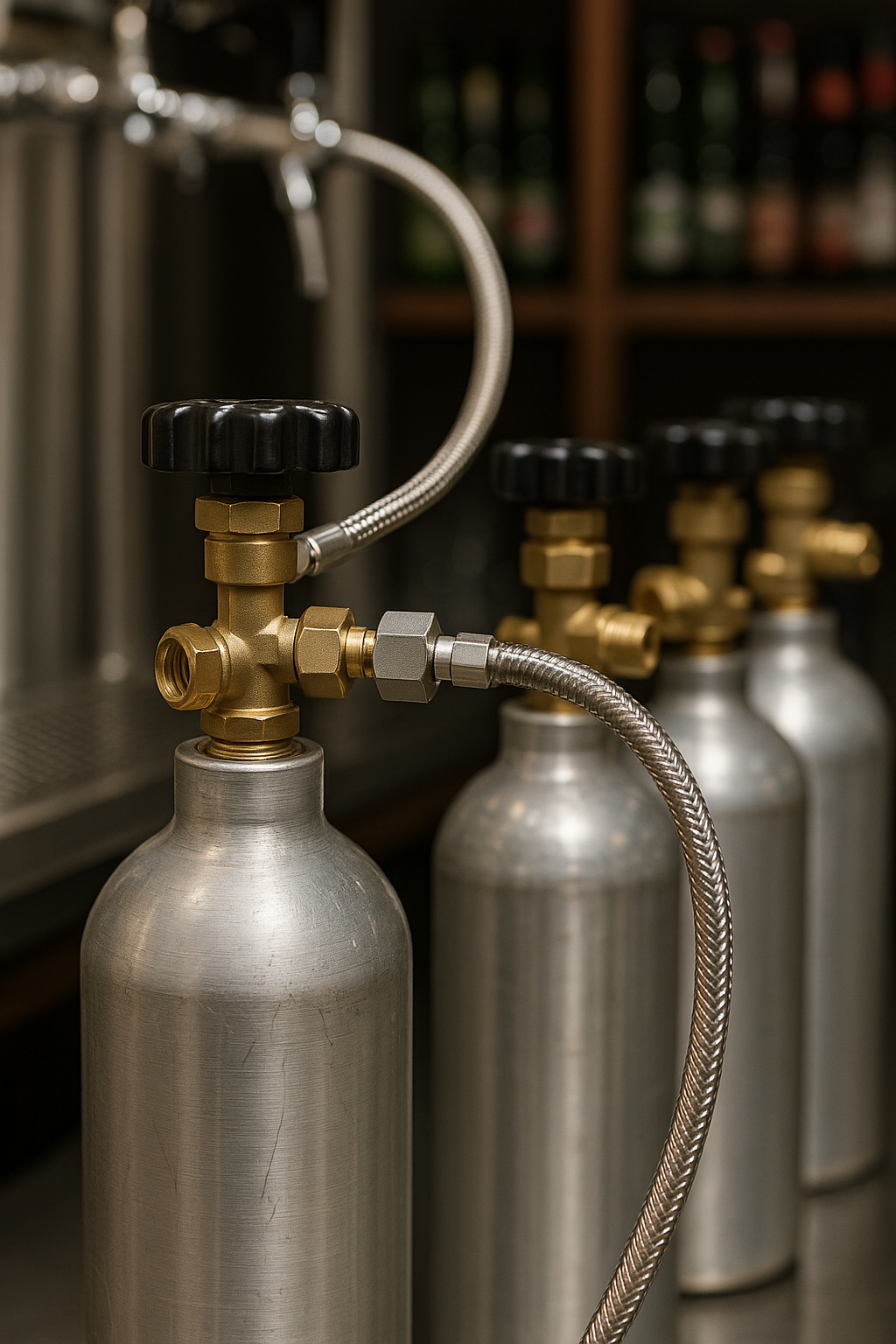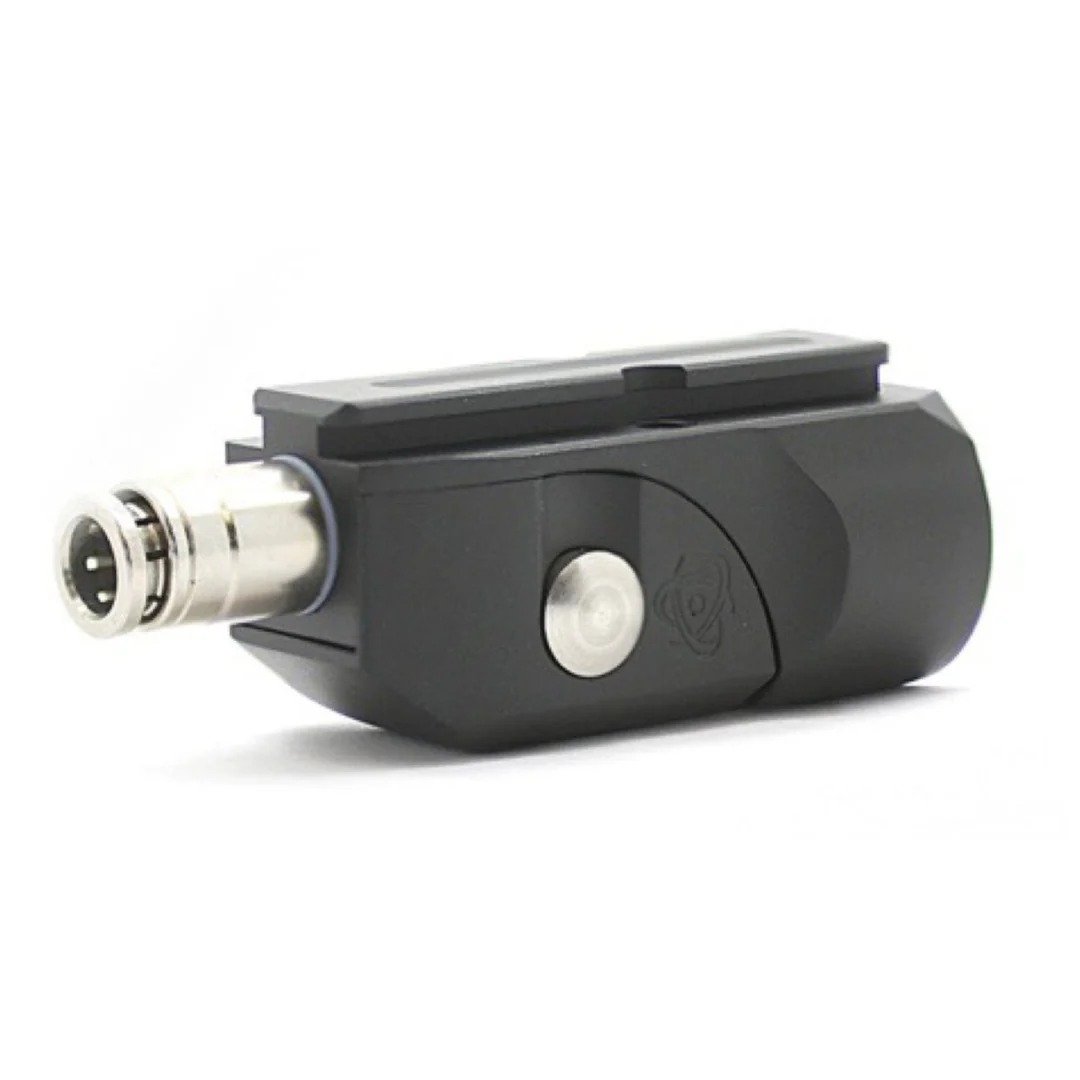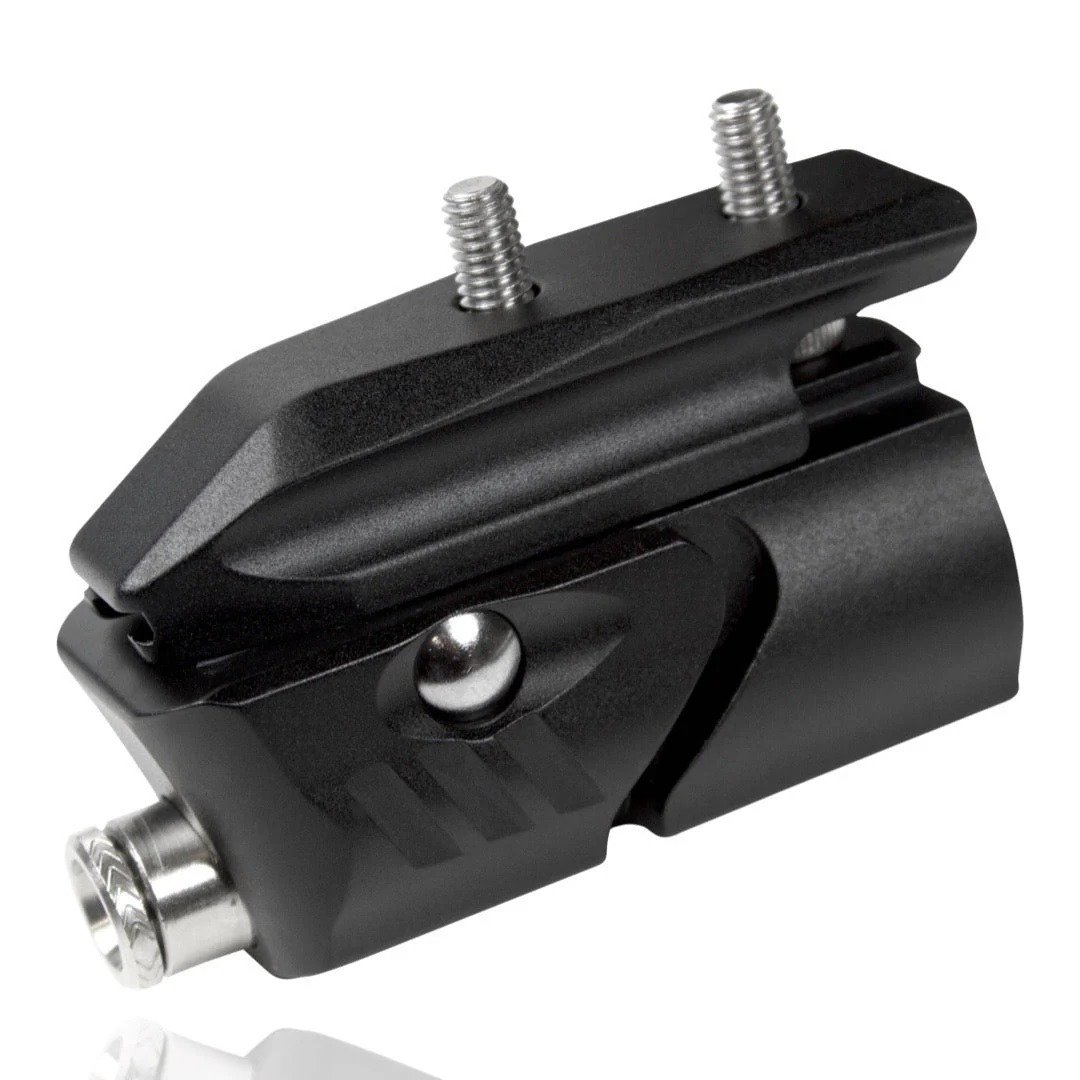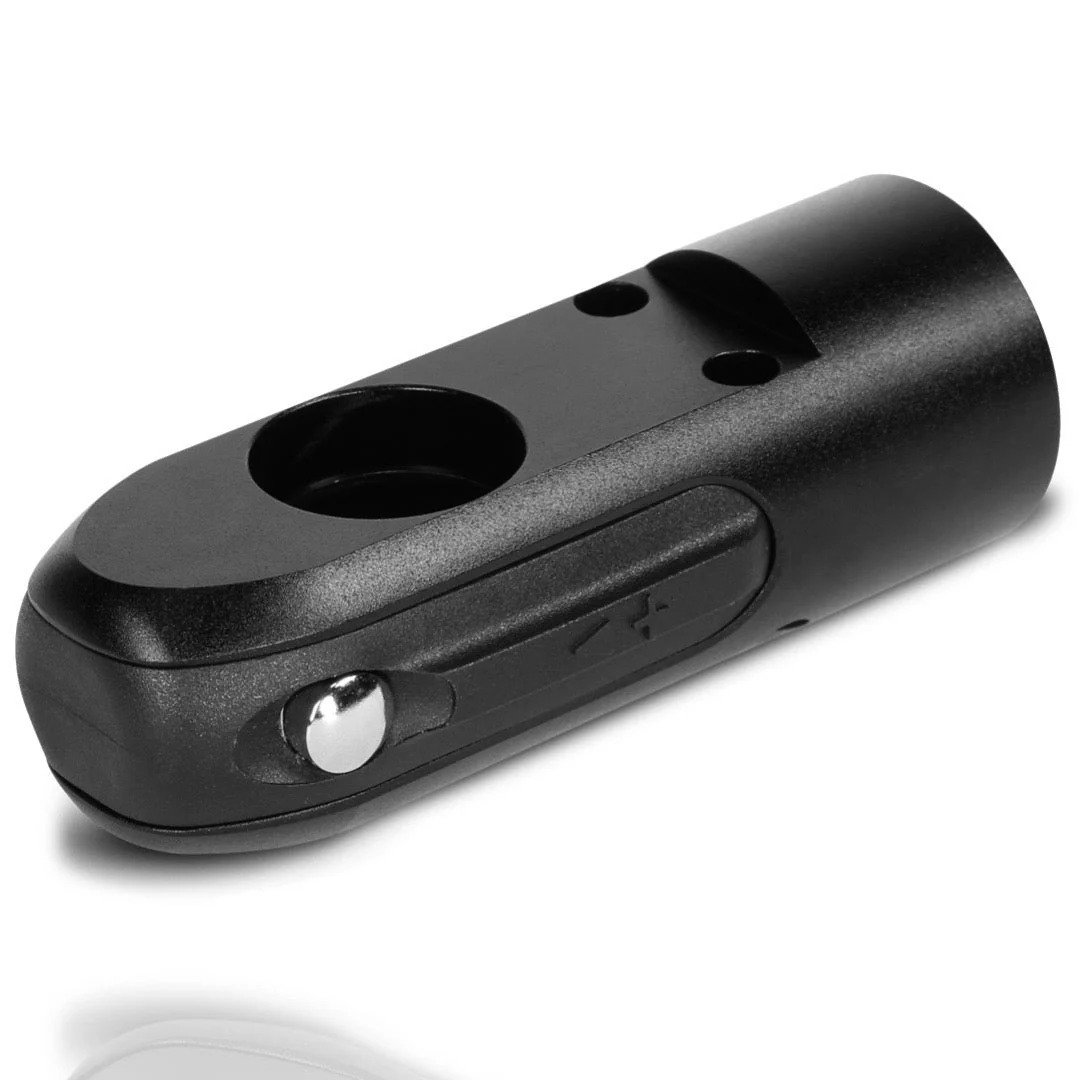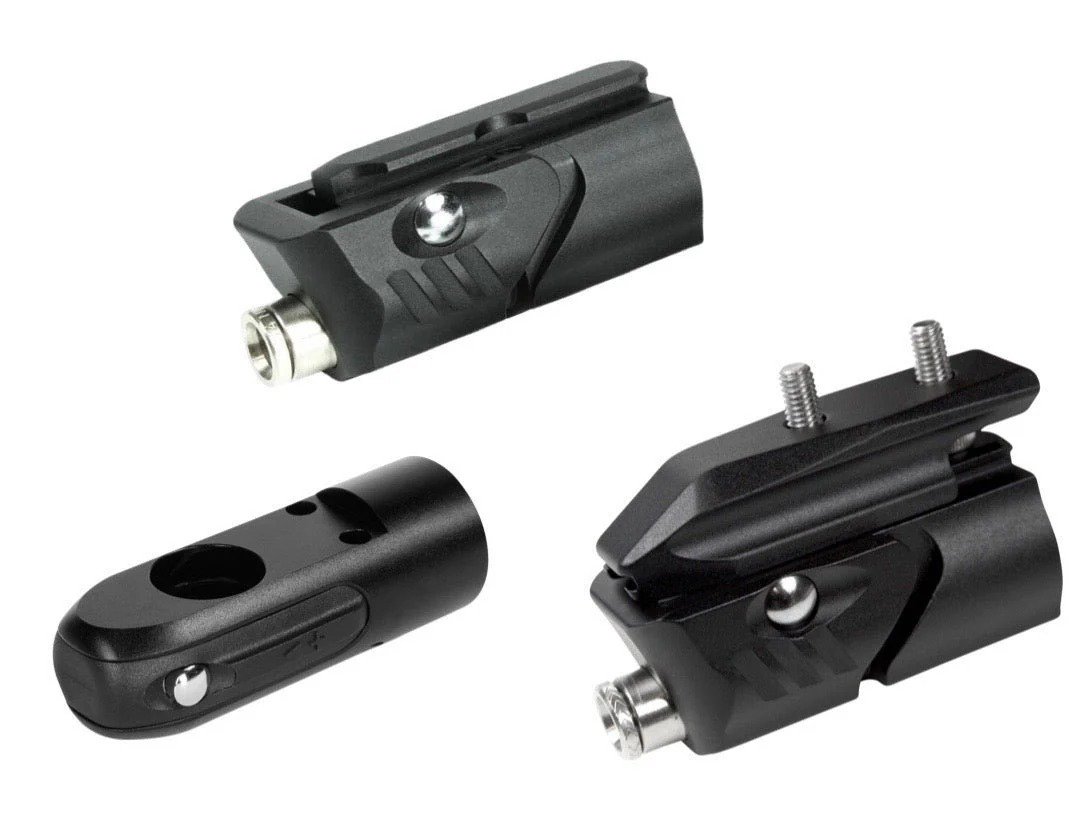Flat foam? Metallic taste? Pressure that just won’t hold? Choosing the wrong gas can ruin the draft beer experience—and hurt your brand’s reputation.
CO2 is ideal for most beers because it provides natural carbonation and balance. Nitrogen works best for certain stouts and ales, giving a creamy texture with less fizz.
Let’s get this clear—there’s no one-size-fits-all gas for beer. Whether you run a bar, distribute draft systems, or supply refillable tanks, the right choice depends on what beer you’re pouring and who your customers are.
Table of Contents
What’s the difference between CO2 and Nitrogen in beer dispensing?
Too fizzy? Too flat? That’s the gas mix at work. The wrong one can mean waste, refunds, and unhappy customers.
CO2 carbonates and preserves beer naturally. Nitrogen gives a dense, smooth pour but doesn’t carbonate. Each gas creates a different drinking experience.
CO2: The standard for most beers
| Feature | CO2 (Carbon Dioxide) |
| Use Case | Lagers, IPAs, most commercial beers |
| Function | Provides natural carbonation and push pressure |
| Taste Impact | Slightly acidic, enhances crispness |
| Equipment Required | CO2 tank + regulator + keg coupler |
| Cylinder Options (B2B) | 5lb, 10lb, 20lb food-grade aluminum cylinders |
CO2: The standard for most beers
| Feature | Nitrogen (N2) |
| Use Case | Stouts, porters, nitro coffee |
| Function | Adds pressure without carbonation |
| Taste Impact | Smooth, creamy mouthfeel |
| Equipment Required | Nitrogen tank + stout faucet + nitrogen regulator |
| Cylinder Options (B2B) | 40 cu ft, 60 cu ft steel cylinders |
When should you choose CO2 over Nitrogen?
Ever had a lager poured with nitrogen? It tastes dead. Wrong gas, wrong result.
CO2 is the go-to gas for most beer types and is easier to manage for beginners. Nitrogen is a specialty choice for visual appeal and mouthfeel in select brews.
When CO2 is better
- Commercial beer dispensing: Standard for bars, restaurants
- Homebrewing setups: Easier to control carbonation levels
- Portable draft systems: Lightweight CO2 tanks are ideal for events
When Nitrogen wins
- Stout-heavy menus: Guinness-style beers shine with nitrogen
- Coffee shops: For nitro cold brew systems
- Premium experience: Adds visual drama and texture
Can you mix CO2 and Nitrogen for draft systems?
Too flat with one, too fizzy with the other? Some drinks need both.
Yes, you can blend CO2 and Nitrogen to create a custom gas mix—commonly 75% nitrogen and 25% CO2—for a balanced pour in nitro beers.
Common Nitrogen/CO2 blends:
| Ratio | Best For | Tank Type |
| 70/30 or 75/25 | Nitro stouts, nitro ales | Pre-mixed gas cylinders |
| 60/40 | Some craft lagers | Custom gas blender setups |
Alizee offers:
- Custom pre-filled gas blends
- Dual-line regulators for hybrid systems
- Bulk supply for bars and brewers
Which is more cost-effective for business?
Margins matter. Overpressure, waste, or customer returns all eat into profits.
CO2 is generally cheaper and more widely used. Nitrogen systems are more expensive up front but may add value for premium drinks.
Cost comparison:
| Item | CO2 | Nitrogen |
| Cylinder refill price | Lower | Higher |
| Initial system setup | Cheaper | Higher (special faucets) |
| Use frequency (per keg) | 1 CO2 tank = 6–8 kegs | 1 Nitrogen = 4–6 kegs |
| Return on investment | Faster | Slower, but adds value |
If you’re a distributor or bar owner buying cylinders wholesale, Alizee offers competitive B2B rates for both CO2 and Nitrogen systems, with customization available for your market needs.
What should I stock as a beer equipment distributor?
Stuck choosing what to offer your B2B clients? Think about what beer types dominate their menu.
Stock CO2 tanks as your base inventory, and add nitrogen for clients serving stouts, cold brew, or nitro cocktails.
Smart stocking strategy:
- 80% CO2 (most clients use this)
- 15% Nitrogen (for specialized clients)
- 5% CO2/Nitrogen mix tanks (growing demand in premium markets)


